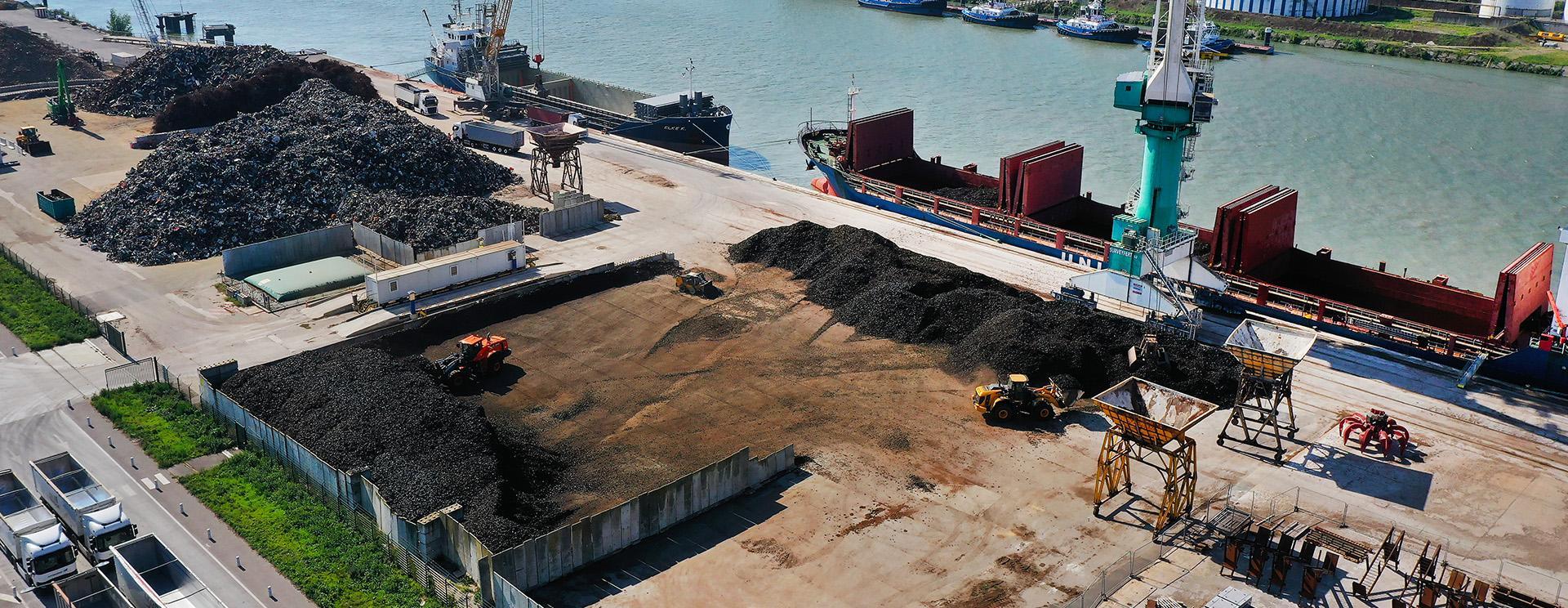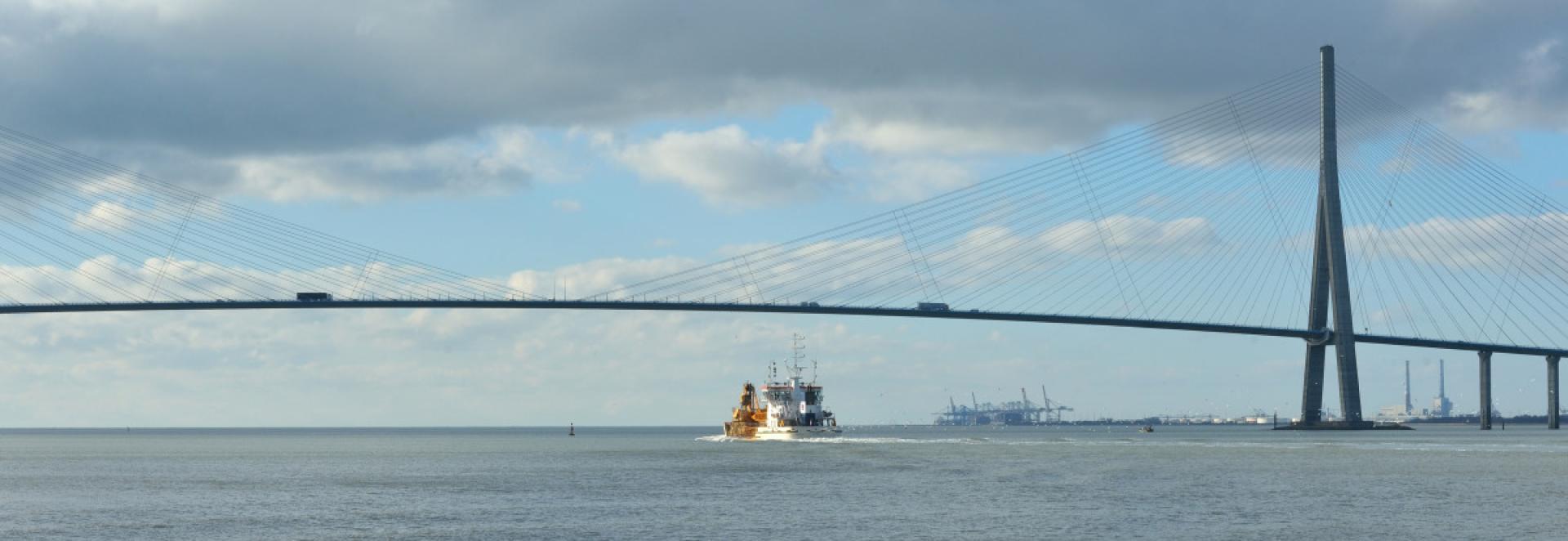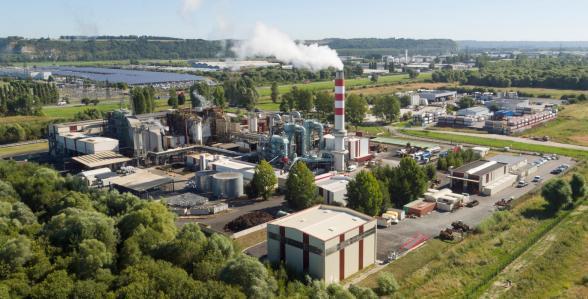- ABOUT US
- GOODS
- A multi-sector focus
- A maritime service offering in the first rank
- An attractive multimodal offering
- An expanded shortsea service offering
- Terminaux portuaires et quais à usage partagé
- High-quality ship services
- Fluid, facilitated goods throughput
- A port that puts its performance figures in the public domain
- PASSENGERS
- MULTIMODALITY
- ECOLOGICAL TRANSITION
- INNOVATION

To manage resources sustainably and foster the circular economy
Published on - Updated
Objective no. 1: to consume sustainably and to facilitate positive uses for waste
HAROPA PORT intends to institute a regional dynamic in favour of positive uses for waste and to create value- and job-creating activity in ports by setting up sectors that provide complete coverage from waste collection to waste use. It also intends to pursue its approach based on responsible purchasing to ensure more virtuous procurement.
Making good use of dredged material
Positive uses for dredged materials are a major topic for the ports along the Seine Axis. HAROPA PORT | Rouen is working with the construction industry to replace the alluvial aggregates used in concrete production by dredged material and is using that same material to fill a waterlogged quarry for the purposes of ecological redevelopment (creation of wetlands at Yville-sur-Seine and Anneville Ambourville).
The port is also part of SEDINNOVE, a sector research and development project which in 2019 won the call for declarations of interest in “a circular economy in Normandy”.
The port of Le Havre has undertaken a similar approach with SEDIBRIC the purpose of which is to convert dredged material into bricks and tiles.
... and waste
Such is the purpose of the plan for a methanisation plant at Gennevilliers port for the conversion of food waste from the Paris area into gas for heating and bus fuel. Scheduled to come on stream in 2025, this site will recycle 50,000 tonnes of waste to produce 30,000 MWh of biomethane (as well as 43,000 tonnes of digestate for agricultural use).
Objective no. 2: to foster and assist the focus on industrial and regional ecology
HAROPA PORT encourages industrial and regional ecology in its interaction with port actors along the Seine Axis. Its objectives: to bring these actors together, to apply shared, pooled measures to optimise resource use in the region and to foster synergy between firms in the context of plans for new operations.
Bringing the Seine axis together
HAROPA PORT is a founding member of, and a contributor to the non-profit industrial associations Synerzip-LH, Incase in Port-Jérôme and Upside Boucles de Rouen. These organisations focus on control of industrial risk and are driving the movement towards industrial and regional ecology. This support is bringing the Seine Axis together around a common objective: the decarbonisation of port industrial areas and adaptation to climate change. This collaborative effort helps define the local trajectory towards decarbonisation, implement identified synergies and create the conditions for replication and emulation between actors.
For example, HAROPA PORT assists the three port industrial areas in their responses to the calls for project proposals issued by ADEME, the French energy agency, to encourage the development of low-carbon industrial zones (ZIBaC).
Reconciling sustainable development with economic activity
Since 1977 HAROPA PORT | Le Havre has been home to Sedibex, one of Europe’s biggest waste treatment and recycling plants. In 2022, this facility, which uses waste for a buried steam utility network, officially opened a 3.2km extension to provide steam to three additional industrial sites. This means that 265,000 tonnes of steam will be put to good use by eight manufacturing sites, equivalent to the annual energy consumption of the town of Fécamp. Sedibex is a prime example of the application of collective intelligence on the port area.

